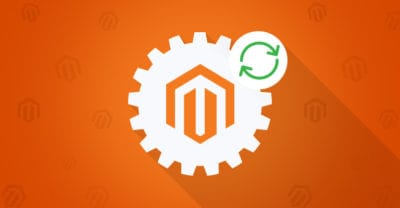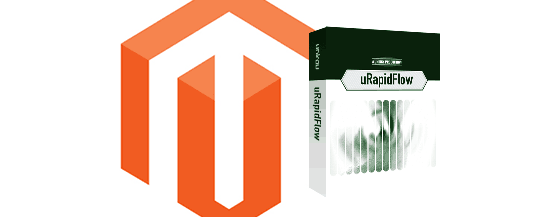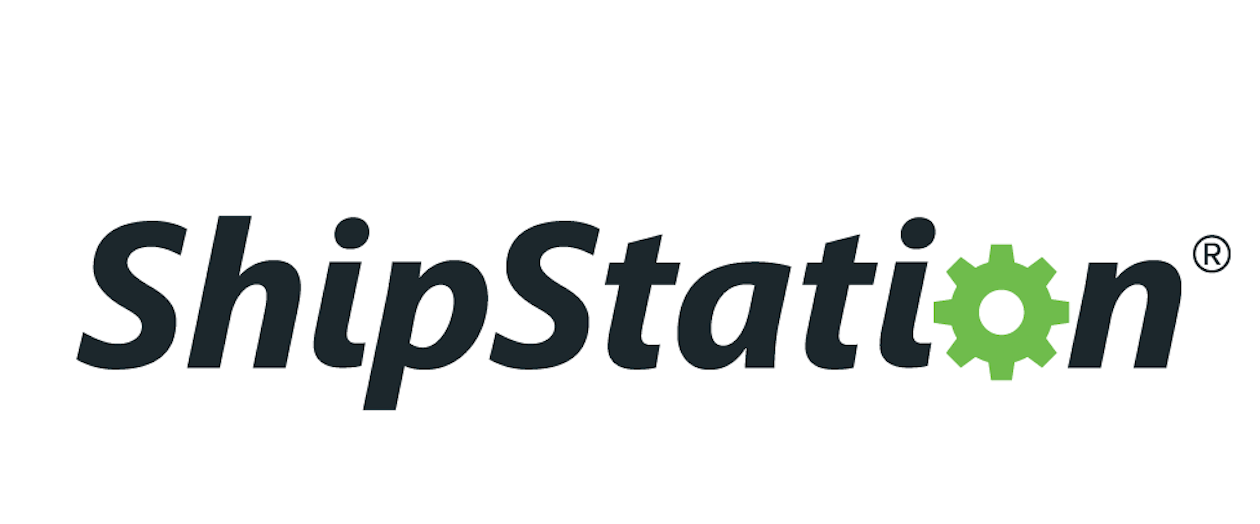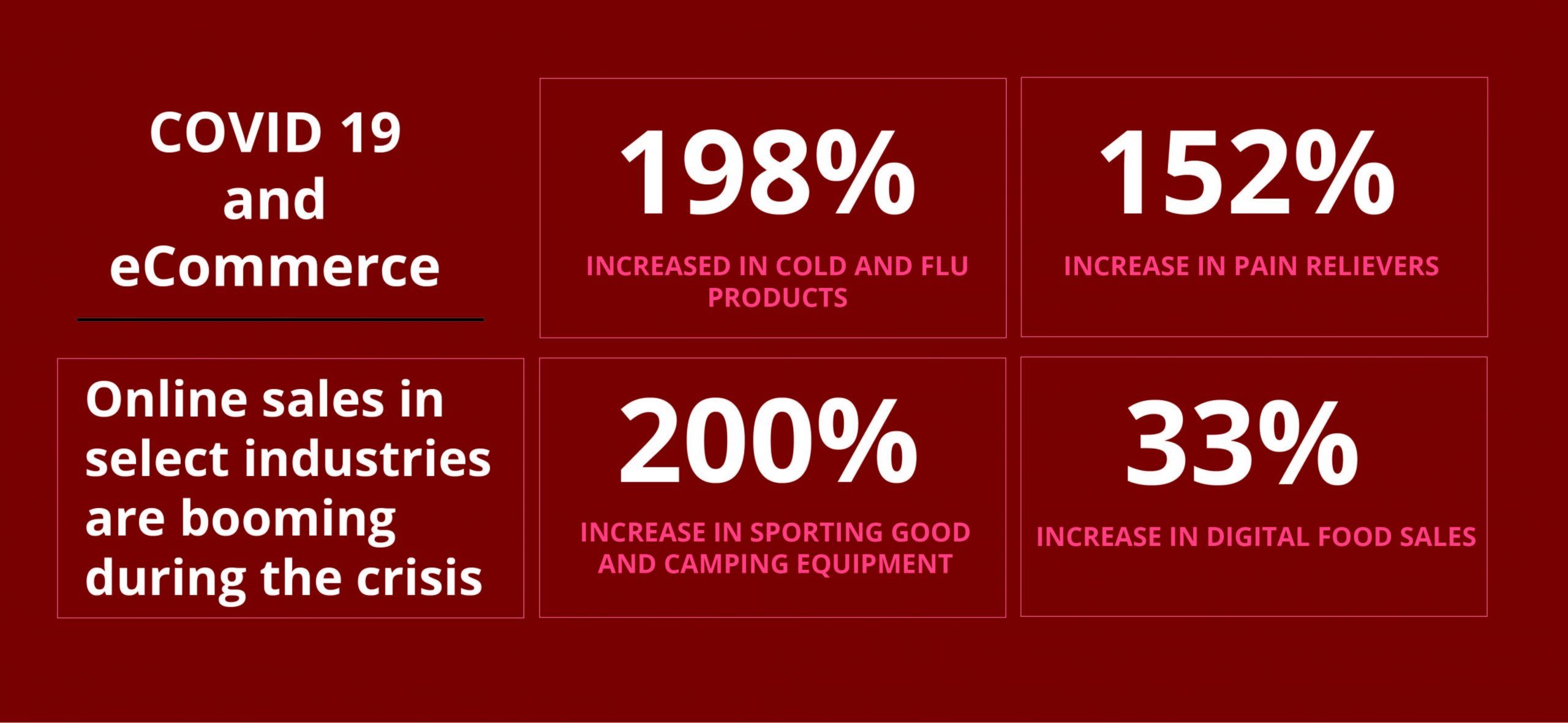
Simple steps today. Better customer relationships tomorrow.

Imagine if you could read the minds of your customers. You’d know exactly what they need to hear or see to make every sale. Theoretically, you could tailor your advertising to their specific needs and your conversions would go through the roof. But when you consider some of your best customers, how do you define them? For most eCommerce businesses it’s safe to assume that the best customers are the ones who not only champion your brand but who have the highest level of purchases.
In this blog, we will highlight some strategies to incorporate to give your customers something extra to not only set them up for long-term engagement with your brand but long-term sales and value to your overall business.
Build your brand by building your customer base
Once you’ve identified who your customers are, you can begin to intentionally build emotional relationships with them. These relationships go beyond simply making a purchase and have the power to supercharge the valuable interactions they already have with your brand.
Go above and beyond with customer service
To survive in this cut-throat eCommerce environment you have to think out of the box. And, at times, it can be as simple as reflecting on the customer experience you provide.
It’s a big, crowded marketplace out there, full of consumers that want different things at different times via different channels and they all expect access to businesses all the time whether on social media or their website. If you don’t have a direct way for customers to get in contact with you when they need it most, you can’t compete with other companies nor give your customers exactly what they want. For instance, when a client has an issue with your business or an issue with a shipment, they need you to sort it out fast and if you are not available to help them out, you will frustrate the customer or perhaps generate a negative review that is visible to other customers. How do you solve this issue quickly? A dedicated customer service phone number for your business or a live chat system. Having either or both of these options allows your loyal customers to contact you when they need to do as long as they have a good experience and quick resolution.
Research shows that customers who receive a competent and knowledgeable service are more likely to remember their experience. Even 73% of shoppers say they remain loyal to them because of friendly customer service.
Therefore, it is important to empower your front-line agents so they have the ability to resolve customer issues with ease. With each transfer, subsequent call or email, customers lose patience with your business, resulting in a loss of goodwill. Being consistent with solving customer problems and making yourself available the first customers reach out is a sure-fire way to avoid issues down the line.
Give them something extra
Though we live in a seemingly anonymous culture — where ‘self-service’ is so prevalent — customers increasingly want a personalized experience when it matters most. Remember; everyone likes being recognized, and your customers are no exception. Below are some ways to help your customers feel like you know them on a personal level.
Personalization is powerful: To prevent “analysis paralysis” caused by the countless options available to your consumers at their fingertips, you should consider implementing personalized solutions and experiences for your customers, such as knowing their name or purchase history to make future buying recommendations. Not only is it important to know your customers’ names when reaching out to them, but it is also important to recognize them on a continual basis to keep the relationship going. For instance, you can offer them a free gift during their birthday month or anniversary.
Set up a referral program: There are a number of ways you can turn a shopper into a loyal customer. Throughout the buyer’s journey, you have the opportunity to engage with them one-on-one in a number of different ways, including post-purchase emails and social media. The most effective way, though, is definitely a rewards program. A rewards program will help you to attract new customers and motivate existing ones to shop with you more often.
Offering either of these options are the types of interactions that will encourage repeat purchase behavior and keep your customers happy.
Tell a story with your brand to connect with customers on a personal level
Storytelling has the incredible ability to connect with your customers on a deeper, emotional level; which figures and stats fall short of doing. And, in the world of marketing, brand storytelling can have a massive impact on your company and the following you receive.
Getting your story right, however, is going to depend to a large extent on the type of business you run. So much of how you tell your story depends on who your customer is and the message you have to sell them. Do they want to be told the story visually such as through a YouTube video? Or do they prefer written content, punchy infographics, or quirky animations?
Take this YouTube example from Chipotle Mexican Grill – who we think got it right and then some. Although they are a fast food restaurant, their brand story is all about grasping an emotional connection to their customers and creating a bond that might be hard to break after watching, by sharing the captivating history of their reason for being.
Like the above example, there are certain ingredients that you should have in place if you want to deliver on expectations to your clientele when it comes to your brand story. These include:
- Knowledge of your audience: The more you know, the more you can tailor your individual messages.
- Be authentic: Millennials and Generation Z are pretty keyed in to recognize blatant selling and filtering what is useful to them and what isn’t.
- Create a positioning statement: Once you know who your target audience is you can decide what words and images will resonate with them to help build this out.
- Be consistent: You need to tell the same story wherever you are. If you start diverging from it, you risk confusing your customer’s emotions or dampening expectations of your brand.
When you stay consistent with your story on who you are and what you represent, you gain the competitive advantage to last longer, grow faster, and drive more revenue. Take note though, that as the times change, so can your story, but be sure you always keep your roots in the ground.
Listen to customer feedback
Listening may seem to be a passive process, but it also leads to active improvements for your business. Listening to customers may be a great way for you to gather enough business-important information. After all, the best business decisions are based on data and not guesses. And customer testimonials are one of the best ways to gather business-specific data that lets you understand how your customers really feel about the product or service you deliver.
Testimonials your customers leave are key content elements because they are unbiased comments that prompt visitors to buy. They help establish credibility and gain trust with your prospects. However, just publishing your customers’ testimonials on your website is not enough to attract more customers. To convert more leads on your website when it comes to testimonials:
- Make them eye-catching by adding an image
- Record an in-store video with a customer
- Tell the truth
- Use your customer personas
- Show testimonials everywhere
It is key to use this feedback to guide your business and marketing decisions. By measuring customer satisfaction, you can determine whether you meet, fall short of, or surpass your customer expectations.
Bringing it all together
Knowing what your customers need and want is a competitive advantage and it can determine the customer’s choice of purchasing your services over others. Are you ready to focus on putting your customers first? Connect with one of our experts today to discuss your needs!
Drop Us a Line At:
Or, if you prefer an old-fashioned phone call:
Phone (USA): (513) 469-3362
4665 Cornell Rd. Suite 255
Cincinnati, OH 45241




























